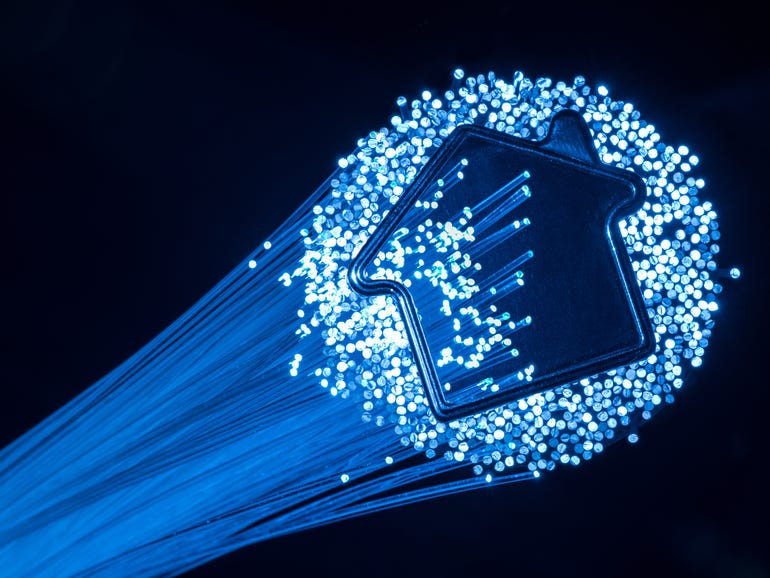- I tested a Pixel Tablet without any Google apps, and it's more private than even my iPad
- My search for the best MacBook docking station is over. This one can power it all
- This $500 Motorola proves you don't need to spend more on flagship phones
- Finally, budget wireless earbuds that I wouldn't mind putting my AirPods away for
- I replaced my Linux system with this $200 Windows mini PC - and it left me impressed
10-Gigabit last-mile internet is coming | ZDNet

When I started using the internet, I was glad to have a 300-baud modem hook-up. A serious business connection was a T-1, which could reach an amazing 1.54 Megabit per second (Mbps) of throughput. Things have changed. Now, I have a 1 Gigabit per second (Gbps) internet link to my home office — and someday soon, CableLabs, the cable industry’s research and development lab, promises that we’ll have 10 Gbps (10G) access for homes and offices.
The first steps have already been made. In 2021, Comcast and Broadcom showed that with full-duplex (FDX) DOCSIS 4 system-on-chip (SoC) devices, the partners could hit 4Gbps. This was done using DOCSIS 4’s echo cancellation and overlapping spectrum techniques. Comcast also completed a successful test of a complete 10G connection using a DOCSIS 4-based virtualized cable modem termination system (vCMTS).
DOCSIS 4, the next generation of cable internet, combines existing cable and fiber broadband over cable’s hybrid fiber coax (HFC). This new technology supports up to 10 Gbps speeds downstream and up to 6 Gbps upstream.
We’re already achieving that speed in labs. Charter Communications, aka Spectrum, recently demonstrated greater than 8.5 Gbps downstream and 6 Gbps upstream on a hybrid HFC. This was done without laying any cable or fiber, but by using pre-existing HFC infrastructure.
CableLabs member, Armstrong, took it one step further. The company launched a 10-gigabit fiber-optic network in Medina, Ohio to customers. This delivered 10G access to more than 3000 businesses and residences in the area.
CableLabs president and CEO Phil McKinney proclaimed, “With faster symmetrical speeds, lower latency, enhanced reliability, and improved security, the emerging 10G network will truly power the next generation of innovation.” Here’s how:
Improved Capacity
It sounds simple-minded but we can reach 10G by simply increasing the number of bits per second delivered to subscribers. Of course, that’s easier said than done.
To help operators better meet that demand CableLabs published specifications for a new device, called the Coherent Termination Device. This works by using the ISP’s existing fiber assets more efficiently by teaming up coherent optics technologies and wavelength-division multiplexing (WDM) in the optical access network. This enables Internet Service Providers (ISPs) to pack more bits into their existing fiber network. The technologies are already known to work. Coherent optics is already used for long-haul internet backbone, metro, and undersea networks.
Advancing 10G Innovation
To continue innovation momentum, CableLabs has launched the 10G Challenge to accelerate the work of innovators, startups, students, and entrepreneurs in developing 10G applications. With total prizes of over $300,000, the 10G Challenge is designed to inspire innovators to leverage the emerging 10G network. Six winners will be chosen, and the Grand Prize Winner and category winners will have the opportunity to present their technologies at SCTE Cable-Tec Expo 2022 trade show.
McKinney concluded, “While we don’t know what the future holds, we do know that the internet will play a vital role in shaping it.” And, the 10G platform and its applications “create a better future for humanity.”
Related Stories:

